As ice melts, the organic carbon found in permafrost is released once again after ages of confinement in the soil. It is making its way into Arctic and subarctic lakes and ponds, and modifying their composition. The portrait presented by an international team of researchers that includes Professor Isabelle Laurion of INRS shows the influence that thawing permafrost has on surface water biogeochemistry. Published in Limnology and Oceanography Letters, the results demonstrate that organic carbon from permafrost is making its way into the waters of these regions. This type of carbon is particularly good at absorbing sunlight. As a result, these water bodies are getting increasingly darker and stratified, which affects a number of biological processes in these ecosystems.
Frozen tundra soils are one of the largest pools of organic carbon on the planet. With climate warming, permafrost thawing has accelerated, increasing the risk that a large portion of this carbon will be released into the atmosphere as greenhouse gases. However, little study has been done thus far on the effects of permafrost thaw on Arctic and subarctic ponds. Using chemical, biological, optical, and isotopic measurements, researchers from Québec, Denmark, Finland, and Sweden have analyzed hundreds of samples from 14 circumpolar regions spanning from Alaska to Russia (from the subarctic zone to the High Arctic). The samples were taken between 2002 and 2016 from 253 ponds distributed based on their exposure to permafrost thaw.
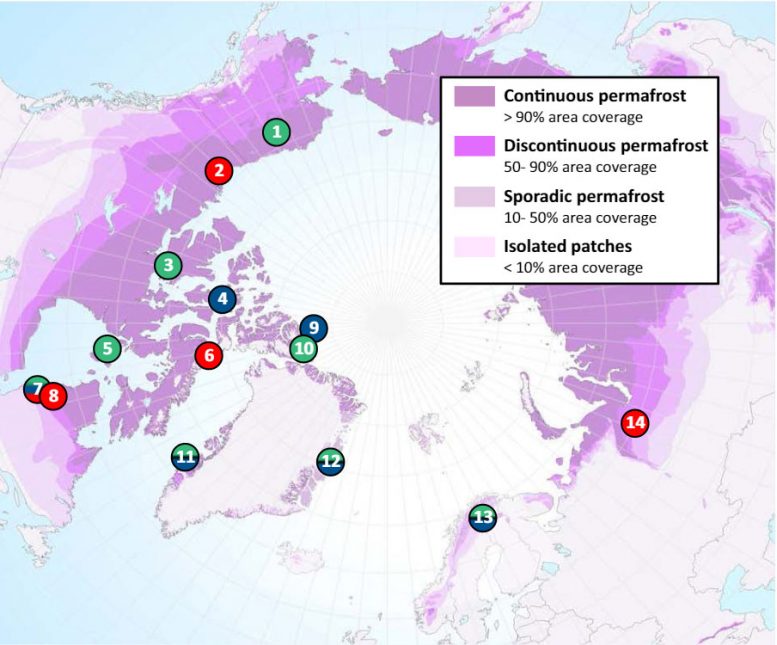
Location of the 14 regions sampled in the north circumpolar permafrost zone. Circle colors indicate the types of ponds in the region: blue for bedrock, green for tundra, and red for thaw. 1= Toolik, 2= Mackenzie Delta, 3= Cambridge Bay, 4= Resolute Bay, 5= Coral Harbor, 6= Bylot Island, 7= Kuujjuarapik, 8= Umiujaq, 9= Ward Hunt, 10= Hazen, 11= Kangerlussuaq, 12= Zackenberg, 13= Kilpisjarvi, 14= Seida. Source of the permafrost map: Brown et al. (1998).
Despite variations in the limnological properties of the Arctic systems studied, researchers clearly observed that permafrost thaw is resulting in higher concentrations of organic matter from catchment soil.
“Land-derived organic carbon is having a growing influence on Arctic and subarctic ponds, which carries over into the food web,” according to the authors of the study. “The browning of these systems leads to oxygen depletion and cooler water at the bottom of the ponds, which can have a major impact on the microbial activity responsible for the production and consumption of greenhouse gases, particularly the production of methane, a powerful greenhouse gas.”
Reference: “Increasing dominance of terrigenous organic matter in circumpolar freshwaters due to permafrost thaw” by Maxime Wauthy, Milla Rautio, Kirsten S. Christoffersen, Laura Forsstrom, Isabelle Laurion, Heather L. Mariash, Sari Peura and Warwick F. Vincent, 1 February 2018, Limnology and Oceanography Letters.
DOI: 10.1003/lol2.10063

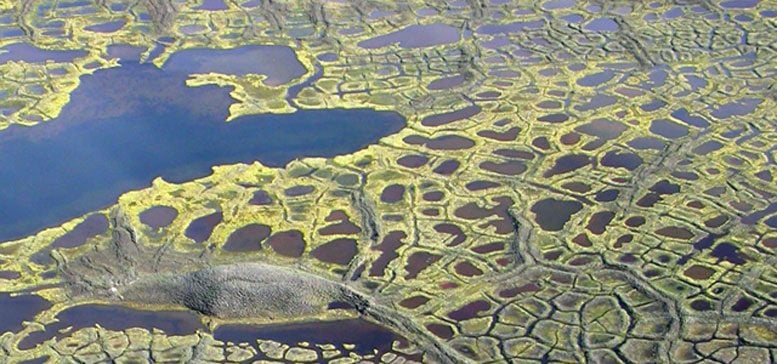
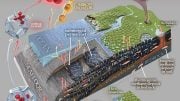
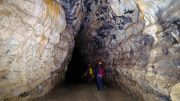
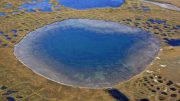
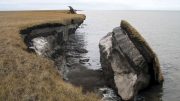
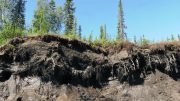
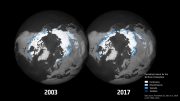
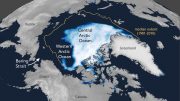
Be the first to comment on "Thawing Permafrost is Changing Arctic and Subarctic Lakes and Ponds"